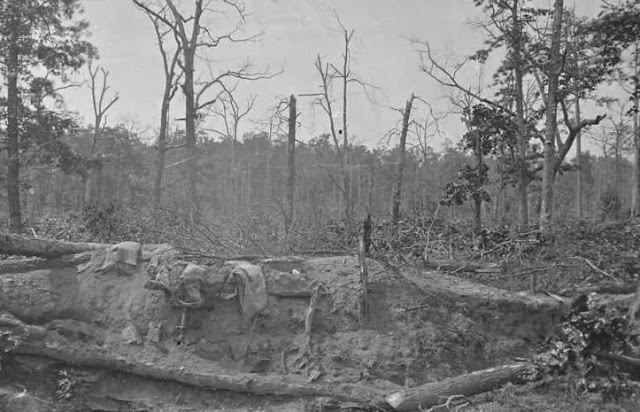Guarding Vicksburg's Back Door with the 46th Ohio

W hile most of the focus at Vicksburg was on Grant’s army that surrounded the city, a detachment of his army was given the delicate task of guarding the army’s rear from any offensive launched by General Joseph E. Johnston to break Grant’s siege. Among the troops tasked with this important (if unexciting) duty was the 46 th Ohio which took up a position upon Snyder’s Bluff near the Yazoo River in early June and patiently awaited Johnston’s arrival. “We are now on fighting ground and feel the importance of our position for if Johnston wishes to reach the rear of General Grant’s force at Vicksburg, he will likely try it through this way,” noted First Lieutenant Emanuel Giesy. “It would be poor generalship to leave a live general in so good a position to flank him and cut off his retreat. And should he, on the other hand, attack us, I think he will find General W.S. Smith at home ready to attend their call. In addition, General Sherman is not far off ready to cheer on the boys to greater...














